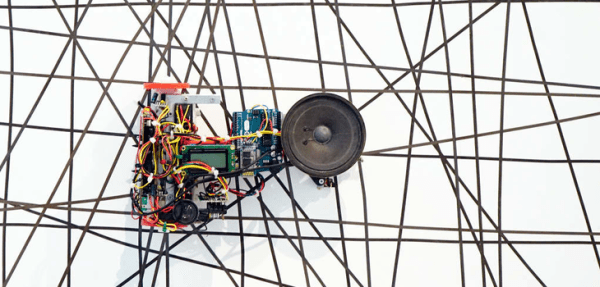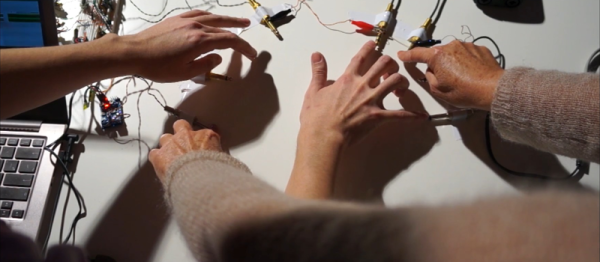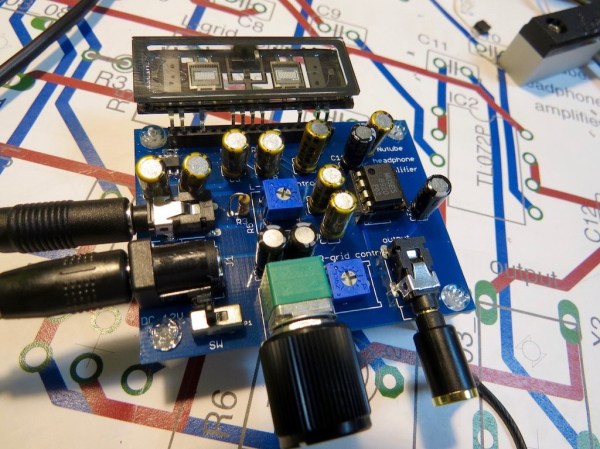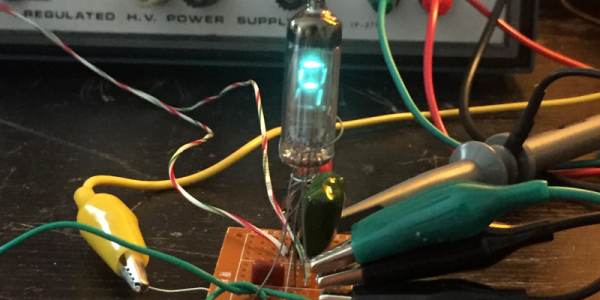We were just starting to wonder exactly what we’re going to do with our old collection of cassette tapes, and then along comes art robotics to the rescue!
Russian tech artist [::vtol::] came up with another unique device to make us smile. This time, it’s a small remote-controlled, two-wheeled robot. It could almost be a line follower, but instead of detecting the cassette tapes that criss-cross over the floor, it plays whatever it passes by, using two spring-mounted tape heads. Check it out in action in the video below.
Some of the tapes are audiobooks by sci-fi author [Stanislaw Lem] (whom we recommend!), while others are just found tapes. Want to find out what’s on them? Just drive.

















